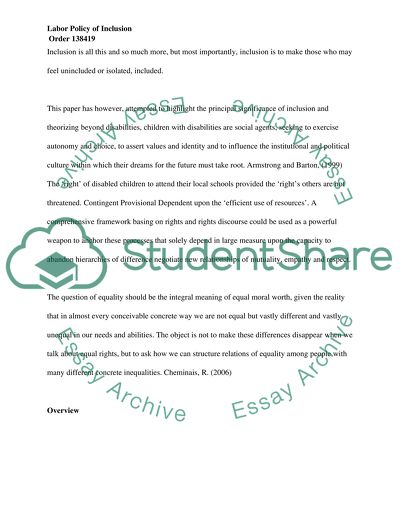Cite this document
(“Labour Policy of Inclusion Essay Example | Topics and Well Written Essays - 4000 words”, n.d.)
Labour Policy of Inclusion Essay Example | Topics and Well Written Essays - 4000 words. Retrieved from https://studentshare.org/sociology/1520139-labour-policy-of-inclusion
Labour Policy of Inclusion Essay Example | Topics and Well Written Essays - 4000 words. Retrieved from https://studentshare.org/sociology/1520139-labour-policy-of-inclusion
(Labour Policy of Inclusion Essay Example | Topics and Well Written Essays - 4000 Words)
Labour Policy of Inclusion Essay Example | Topics and Well Written Essays - 4000 Words. https://studentshare.org/sociology/1520139-labour-policy-of-inclusion.
Labour Policy of Inclusion Essay Example | Topics and Well Written Essays - 4000 Words. https://studentshare.org/sociology/1520139-labour-policy-of-inclusion.
“Labour Policy of Inclusion Essay Example | Topics and Well Written Essays - 4000 Words”, n.d. https://studentshare.org/sociology/1520139-labour-policy-of-inclusion.


